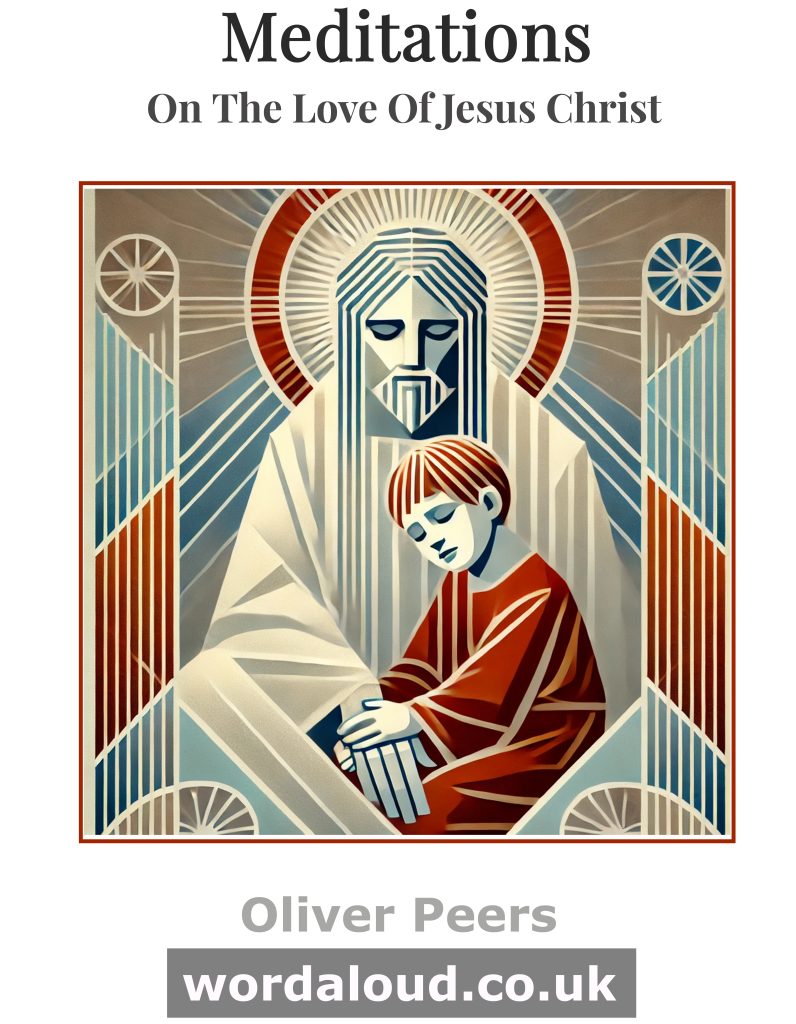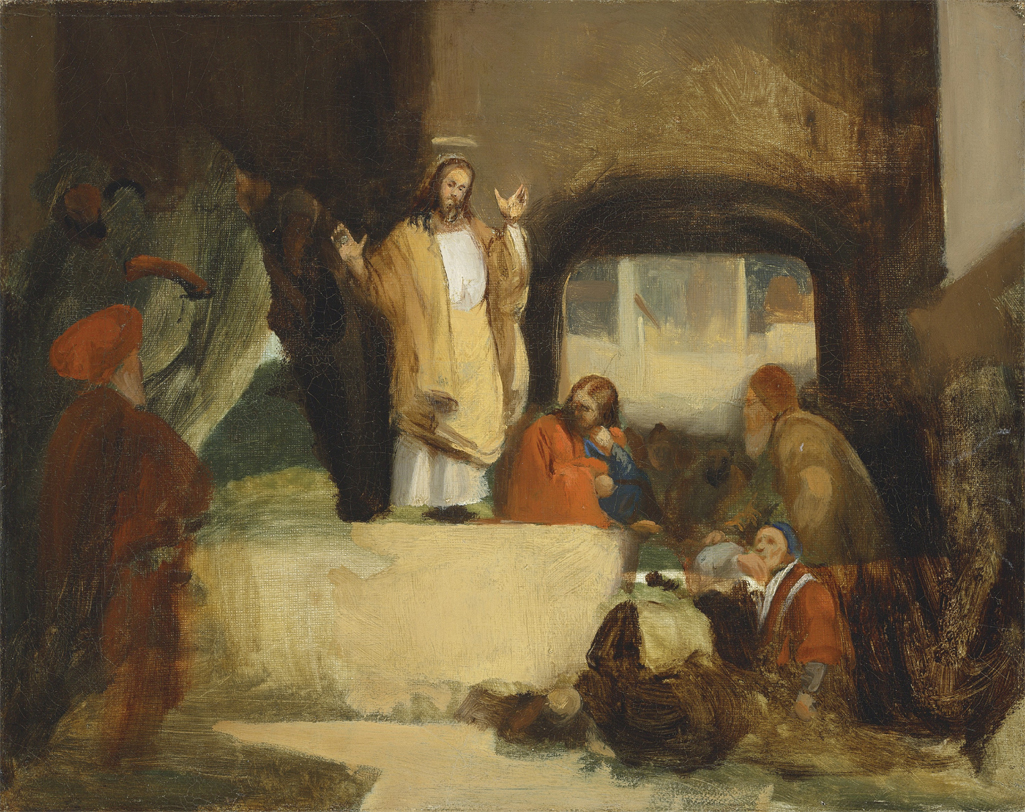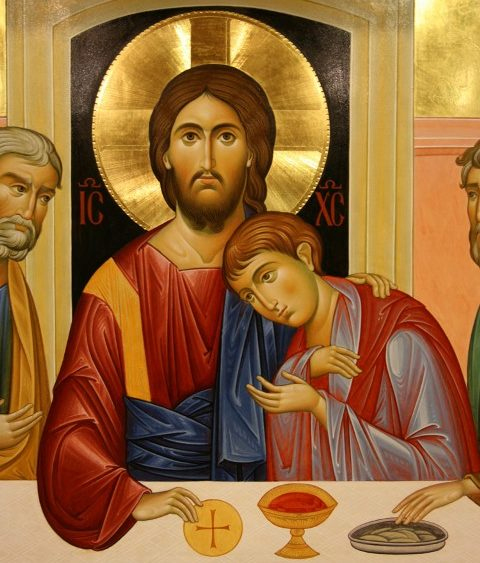The Carrefour will be open, where I can buy nuts for the red squirrel, who lives in Campo Grande. The red squirrel is Valladolid’s best bit. Even as a child, I had never seen one before, apart from in picture books. It was last term’s discovery. The most beautiful encounter. I didn’t know it was there – in the park. A complete surprise. The tiny little thing bobbled and hopped, as it received in its little hands a nut from the man’s hands. Each surprising instant – it was childlike. I whispered: ‘Oh my wow.’
I walk toward the El Cortes Ingles. There is, for now, that settled feel of friends in bookshops. Though a null-affect, neutral day – it won’t glean, it is not to be scratched at. The queues are long in the Carrefour. Though, as it might be, on relatively modest incomes, many people live centrally. Their behaviours neither pinched nor stark. Yet the shop so busy while the street so empty… An error in the simulation, a glitch in the code. I potter about the aisles, which are pleasant enough, then at the tills I flinch at how expensive a little bag of up-sold nuts can be. Nonetheless, I queue for a packet of almonds. Two English men queue directly ahead of me. They are stocky, and have gay voices, their wheelie-bucket piled with soft drinks and party food, while they bitch to one another about the obviously terrible party they’re going to. The air heaves relief as I wander up the way to the broad plaza fringing Campo Grande. This is a place to see – a piece of Spain. There is a tourist information office, though unopened. At these fountains, three girls take selfies. Pompous-looking buildings, the military offices aside, line the park’s nearest vicinities. Hotel-bars have their patches. Liveried doormen idle time, for there are no paying customers, in and out the doorways’ shadows.
A mixed group of kids play at the hoops on the pedestrian boulevard, and two boys practise on skateboards, working the thing out. I pass by them, touched by the thought, and happy that they are there. Wistful, I smile at the odds of the ball spilling over to me, and play in mind the agreeable scene of a fleeting connection. Then I am through the park gates. An air now – of humanity become self-selecting. Modestly understated. Understatedly modest. Campo Grande is nice but it isn’t grande…
I walk slowly, and very soon hear for a second time English voices. Not them – it is an English family, just a little way ahead, a Dad and a Mum and a younger boy and an older girl, and theirs are Midlands accents. Dad seems to have been here and to know the place. He gestures panoramically. Mum wants her lunch. The girl at a difficult age. She carries a balloon-on-a-stick. Though she is sprouting – yet wears a loud dress. Then leggings, trainers. Her hair is nice… Maybe she is being okay about it. And not horrific. It’s okay once they get into it, but those months…
Yet then, they mostly blossom, if they come from a good home, and become rounded personalities, entering into their womanhood. It was that… when yet they weren’t… I shudder to think of it.
They walk toward the pond, and I trail, and would follow had I not been going that way. I wish I could say something so they might hear I am English too. (Fake a phone call?) How my voice might sound – there’d be all college hurling around in such matter I… a demented thing, ludicrous blurt – of Henry, Geoff, and all of them – not to mention the personal predicament.
Maybe they’re a nice family. She is letting him explain what he needs to explain. And it would blow his fire, me being English. Mum and Dad. You’d probably see them all having their lunch in a little while. All sat round the table. With napkins and the menus out. Dad looks safe.
I look into the pond. Terrapins live in there. But not today. I walk toward the join in the paths where the squirrel lives. There, I crumple the packet of almonds, making noise. I peer and I squat and crouch – chewing a mouthful. All the peacocks have perched right up in the trees’ branches. That never looks like something they should be doing. It’s disappointing that the squirrel isn’t here – but then the not-knowing-if is a part of it.
Now, next, my visit to the National Sculpture Museum is an obligation. Canon Peter stood literally aghast when I hadn’t heard of it. Mortified, I made resolute promises. Though a few weeks have passed, it isn’t just any old something I could do on the hoof. A great commitment – it must command a known and prepared and anticipated not-just-any-old-time. But, rather, the sort you must wait for – and listen for.
[ … ]
Beyond Plaza Mayor, there would be a brief series of old-town alleyways. The National Sculpture Museum would be – just up there, this archway, this next…They are bleached and forgotten-looking walls, and the smoothed paving could be medieval. Not that it is making Tomàs anxious – I follow the map. A kind of place – uneasy credit-cards, and modern vaccinations, and a phone, might not help much. I fancy I feel the back-wall of a church, and that – fancifully – pressure-release drawn out of me. Only I am playing games in a nice way – making play-scared on the uncertainty – with only myself to see.
The National Museum is there, modestly signed on stencilled plexiglass stuck to the stone wall. A uniformed lady sits just a little way inside the doorway. She reassures me there is no money required, and directs me over the courtyard into the planned route, showing me where I can pick up a free map. I get my art-appreciation on – and take the stairs. I am going to have to write that letter to Canon Peter, and find at least something in all of this, though in term-mode now. (Where nothing matters.)
The finest art extracted from ruined places – saved in that sense. (Save that phrase.) Well, I feel I likely get what they are probably getting at… Hell and last things. Death and death’s containment. Pale lacquer. Eyes, mouths, gape. The outsize, twisted bodies all wrenched and twisted in quite vivid, fancy anatomies of physical suffering. Big, agonistic knees, and stretched thighs, and lumpy wooden hands and lumpy wooden feet. In gloom, in torchlight, that could make desire-unnatural spooky, evocative, worryingly all caught-up in a sinner beholding, his malnourished body, his hell. Presuming sexual desire a motive force – a heart of it? (I can’t remember. I’ve forgotten.) Anticipating unknown physical delights turned rotten… But, so the art suggests, would you like to explore? And I am the living and they are dead… (Are you living? How conscious are you of…? Only the nice things that spring to mind.)
Probably, maybe, I’m not getting them. They seem about right, scenic emanations, pretty much what you’d expect, of Spain, its Church, its Inquisition. I want it to work on me.
If I’d had more prayer – come in here up on P. That more muscle-mind could have got boxed on it – maybe. Prayer like monks. Prayer like monasteries… Those monks are cooked on it. Sorted for Latin. Doped to the eyeballs on strong P… As I realize it isn’t going to happen, the affective response, I only tell myself to open my eyes cleanly, and give it its chance for later. One sculptor, Berruguete, I decide, could have thoroughly appalled me.
How objectively fine they are. (‘We are in hell. We are burning. Where are you?’) I am going to have to save my letter to Canon Peter for later. I know I must not make phrases, which beyond being shabby and fake, Canon Peter would see through. There seems a pity in all that lacquer and work they’d done with the bodies to punish them and make them look scary. They look like the kind of bodies whose muscle and bone and cartilage has grown through real work and not any gym-technique. They make belief in any of that look a long-lost time ago. And in this light – like office light – not even natural light.
Outside, I turn my steps toward the Plaza Mayor. It’s no distance at all. I slip-slap my pumps. Such sin in me there might be unawakened – but then too the inward-light grew paltry. I goof with hammy moves and yell: ‘Come on then!’ Fancifully, I might co-opt a priest, if I particularly wanted to purify in such wise so as to feel less nothingy. Or give over my head to the psalms – like monks – in Latin. That structured discipline – still, now, that would likely do it.








